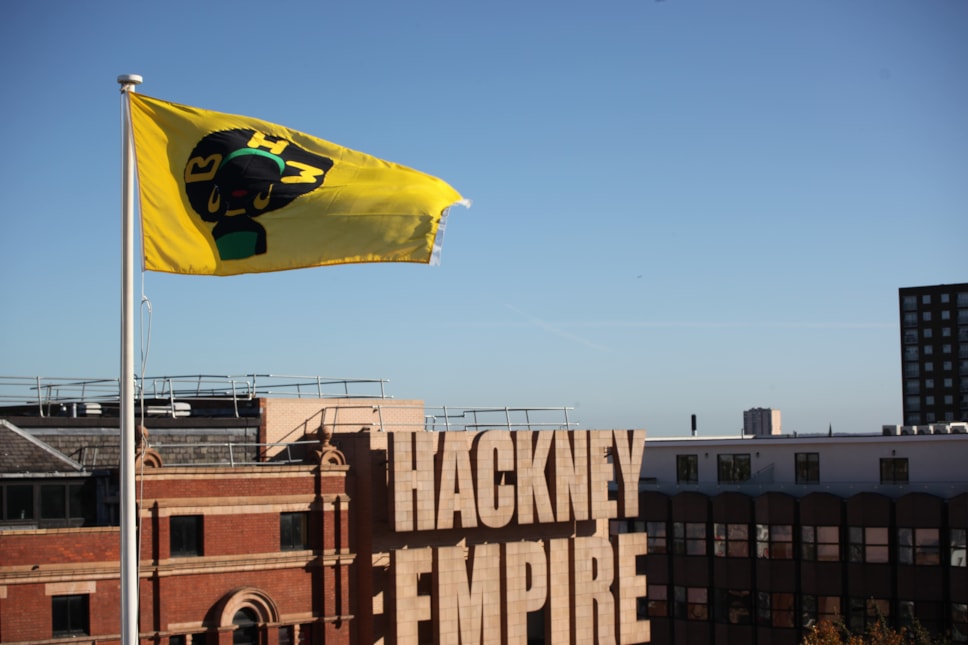
Review into landmarks and naming of public spaces launched
The role of statues and the naming of buildings, street names, parks and other public spaces will be reviewed to ensure they best reflect Hackney’s diversity and history of fighting racism.
The review, led by Hackney Council, will listen to the views of residents, partners and others about how to tackle public spaces named after slave and plantation owners.
The Council welcomes and will also take part in the Mayor of London’s Commission for Diversity in the Public Realm, which will focus on increasing representation among London’s diverse communities, women, the LGBTQ+ community and disability groups in public spaces.
The borough’s former Geffrye Museum – which is housed in almshouses built with money from Sir Robert Geffrye, a merchant involved with the slave trade – is planning to reopen later this year as the Museum of the Home. The museum, run by an independent charity, is already actively debating the future of the statue of Sir Robert that stands in front of the building, which will also be part of these reviews.
Later this month, the Council will announce the outcome of its Windrush Artwork Commission, which will see a permanent, public artwork created in the Town Hall Square to honour the contribution of the Windrush Generation. This is the culmination of many months of engagement with all parts of the community about how best to mark the contribution they have made to our borough.
More details about the review and opportunities for residents and organisations to have their say will be published in the coming weeks.
Hackney Museum has long explored the borough’s historic links to the transatlantic slave trade, including producing a film in partnership with University College London’s Legacies of British Slave Ownership project, Hackney Museum and Archives, funded by Arts Council England through the Share Academy programme.
The museum also hosts online resources for teachers on African and Caribbean history and heritage in Hackney, including on the legacy of African enslavement in the borough.
Hackney is a hugely diverse borough with a proud tradition of fighting racism and intolerance, yet some of our public spaces do not best reflect this.
The Black Lives Matter protests – as well as the events in Bristol and elsewhere over the last few days – have caused many of us to reflect and reconsider those figures in our borough’s history who made their fortune from the slave trade or exploitation and how they have been commemorated.
Hackney was also home to inspirational slave abolitionists and campaigners, but their names and stories do not adorn our public spaces in the same way.
This is not about trying to rewrite history – but we should question whether these statues, plaques, and building, park and street names belong in a museum to educate us about our past, rather than being celebrated into the future.
I am pleased to respond to that challenge and start this review, but this also isn’t all up to me – it’s up to the people of Hackney. This review will listen to the public, our institutions and our historians about how and why these spaces are named or celebrated in this way, so we can come to a collective decision.
It is on all of us to educate ourselves about our borough’s history, which is why this review will build on the existing work of our museum and archives. It will also build on the work we already do to showcase black history.
Our national curriculum must be updated to reflect these issues. In the meantime, our local curriculum will include enhanced educational materials on how black history has shaped Hackney – so that our children and young people get more opportunities to learn about these issues than many of us did when we were younger.Philip Glanville, Mayor of Hackney
